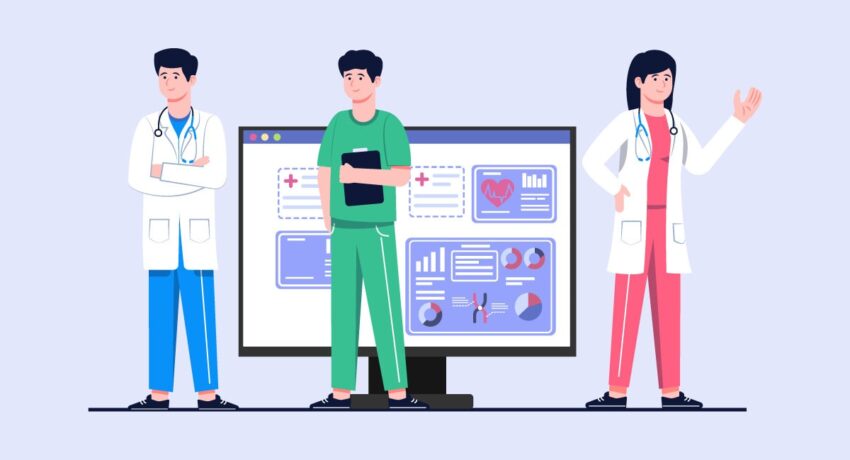Technology plays a leading role in healthcare today. Inefficiencies are being identified and corrected with the use of wearable devices, digital platforms, and other innovations. AI and digital tools are helping close gaps in healthcare. Why is this important?
Current Challenges in Healthcare
When a person looks at data on healthcare trends, they notice two significant issues. Chronic diseases remain a problem in the country today, as these patients require continuous monitoring. Individuals with these diseases must see their doctors regularly and have personalized care plans in place. The healthcare system is struggling to support these men and women, which can lead to poor patient outcomes and preventable complications.
Traditional healthcare models also tend to be inefficient. Data repositories are often siloed, and manual workflows slow the decision-making process. Patients are frequently unable to receive quality care promptly, leading to frustration on their part and that of their doctors. How can technology resolve these issues?
Artificial Intelligence
AI is being used to revolutionize healthcare today. Audio consultations may be turned into clinical documentation that medical professionals can act on. Doctors can focus on caring for patients rather than completing administrative tasks. These tools may be used to draft structured SOAP notes, recommend treatments, or predict patient outcomes. Their use enhances clinical accuracy and efficiency. AI is also being used to automate routine tasks and identify potential problems in patients through remote monitoring.
Remote Monitoring
Remote monitoring solutions benefit patients and medical workers by transforming clinical disease management. Wearable devices connect with electronic health records, enabling doctors to monitor high-risk patients and take action when changes are detected. They can be proactive in predicting complications and adjusting a patient’s care plan to reduce the risk of these issues.
Predictive Analytics
Medical professionals are utilizing predictive analytics as a tool to forecast health trends and proactively manage risks. Vast datasets are analyzed to identify patterns and determine when and where outbreaks are likely to occur. This data is also used to identify which patients are deteriorating and to track the progression of chronic diseases. Reactive care becomes a thing of the past when predictive analytics are used. Medical professionals can be proactive and implement life-saving strategies with the help of data.
Telehealth Expansion
5G technology is transforming remote consultations. This technology enables fast data speeds with low latency, allowing doctors to consult virtually in real time. It is being used for high-resolution imaging and remote surgeries, among other things. Imagine a surgeon guiding a robotic system precisely during a procedure. 5G technology makes this possible, so telehealth can be used for complex care delivery and more basic tasks.
Digital Therapeutics
Apps and software are being utilized to deliver therapeutic interventions grounded in evidence. Doctors use these digital therapeutics when treating chronic conditions like diabetes and mental health disorders. The interventions complement conventional treatments, allowing patients to have more control over their treatment plans. They can self-manage their conditions, which increases treatment plan adherence while improving outcomes.
AI and automation will power value-based care models in the future. Telemedicine is becoming more prevalent, and chronic disease management will be redefined. The use of technology and interconnected systems allows patient care to become more holistic, increasing efficiency and improving outcomes across the board. Care is becoming more personalized and precise. The next step involves closing the gap between conventional systems and emerging technology to ensure this transformation reaches its full potential.
Keep an eye for more latest news & updates on Contact Help!

